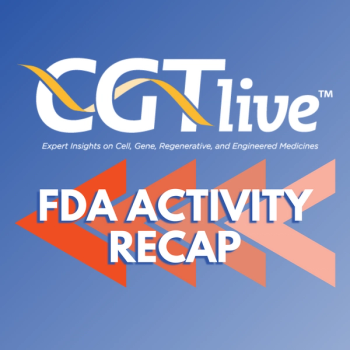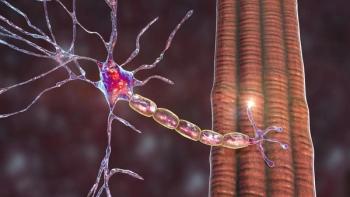
Magdalena Cichewicz, PhD, on Improving AAV Gene Therapy With Synthetic Promoters
The scientist II at Senti Biosciences discussed the potential of synthetic promoters to improve target specificity in AAV vector-based gene therapies in retinal diseases and beyond.
“Even though there are already gene therapies in use, there is still room for improvement because toxicity is always a challenge... We are convinced that our workflow is very important and may be used in different tissues of interest in different diseases, so we are looking for additional collaborations—additional interest in this workflow.”
Over the past few years, adeno-associated virus (AAV) vector-based gene therapies have provided transformative new options for patients, especially in the realm of inherited retinal diseases. As a result of early successes, many more AAV vector-based gene therapies are currently in preclinical and clinical development for ophthalmic indications. Despite this positive momentum, there are drawbacks to AAV vector-based approaches, such as the potential for transgene expression in off-target cells that can lead to toxicity.
To address this concern, Magdalena Cichewicz, PhD, a scientist II at Senti Biosciences, and her colleagues from Senti and Spark Therapeutics, are conducting research with the intention of discovering synthetic promoters for use in AAV vector-based gene therapies that could provide greater target-specificity. Cichewicz gave a talk on their in vitro preclinical work on this topic in a presentation entitled, “Massively parallel and systematic engineering platform for highly compact, cell-type specific, and potent smart sensor promoters for precision retinal gene therapies,” at
In an interview with CGTLive™, Cichewicz discussed the rationale behind their research and the key findings they presented at the conference. She highlighted that they had identified photoreceptor-specific synthetic promotors with 100 to 10,000-fold specificity for the on-target photoreceptor surrogate cell line Y79 over the off-target retinal pigment epithelium cell line ARPE-19. Furthermore, the synthetic promoters had lengths of 500 base pairs or less and showed ability to achieve expression levels nearly on par with the CAG promoter that is currently used in approved AAV vector-based gene therapies.
REFERENCES
1. Draut J, Zaw T, MacEachern M, et al. Massively parallel and systematic engineering platform for highly compact, cell-type specific, and potent smart sensor promoters for precision retinal gene therapies. Presented at: American Society of Gene and Cell Therapy (ASGCT) 2023 Annual Meeting. May 16-20, 2023; Los Angeles, CA. Abstract #341
Newsletter
Stay at the forefront of cutting-edge science with CGT—your direct line to expert insights, breakthrough data, and real-time coverage of the latest advancements in cell and gene therapy.











































